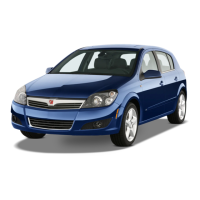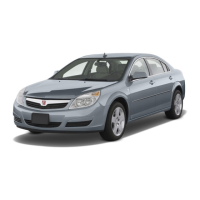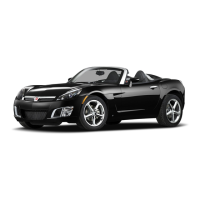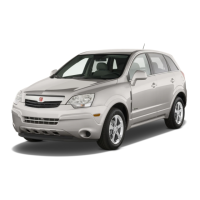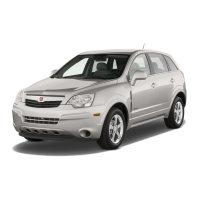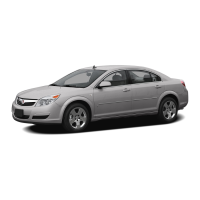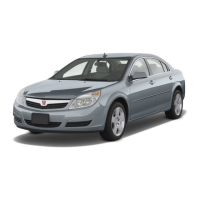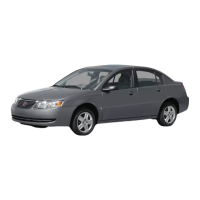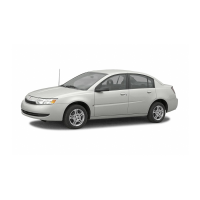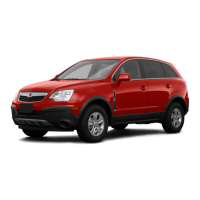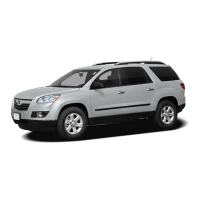{ CAUTION
It can be dangerous to get out of
the vehicle if the automatic
transmission shift lever is not fully
in P (Park) with the parking brake
firmly set. The vehicle can roll. Do
not leave the vehicle when the
engine is running unless you have
to. If you have left the engine
running, the vehicle can move
suddenly. You or others could be
injured. To be sure the vehicle will
not move, even when you are on
fairly level ground, always set the
parking brake and move the shift
lever to P (Park).
Follow the proper steps to be sure
the vehicle will not move. See
Shifting Into Park on page 8-11.
Driving Your Vehicle
Driving for Better
Fuel Economy
Driving habits can affect fuel
mileage. Here are some driving tips
to get the best fuel economy
possible.
• Avoid fast starts and accelerate
smoothly.
• Brake gradually and avoid abrupt
stops.
• Avoid idling the engine for long
periods of time.
• When road and weather
conditions are appropriate, use
cruise control, if equipped.
• Always follow posted speed limits
or drive more slowly when
conditions require.
• Keep vehicle tires properly
inflated.
• Combine several trips into a
single trip.
• Replace the vehicle’s tires with
the same TPC Spec number
molded into the tire’s sidewall
near the size.
• Follow recommended scheduled
maintenance.
Driving and Operating 8-15
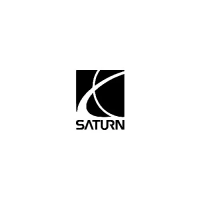
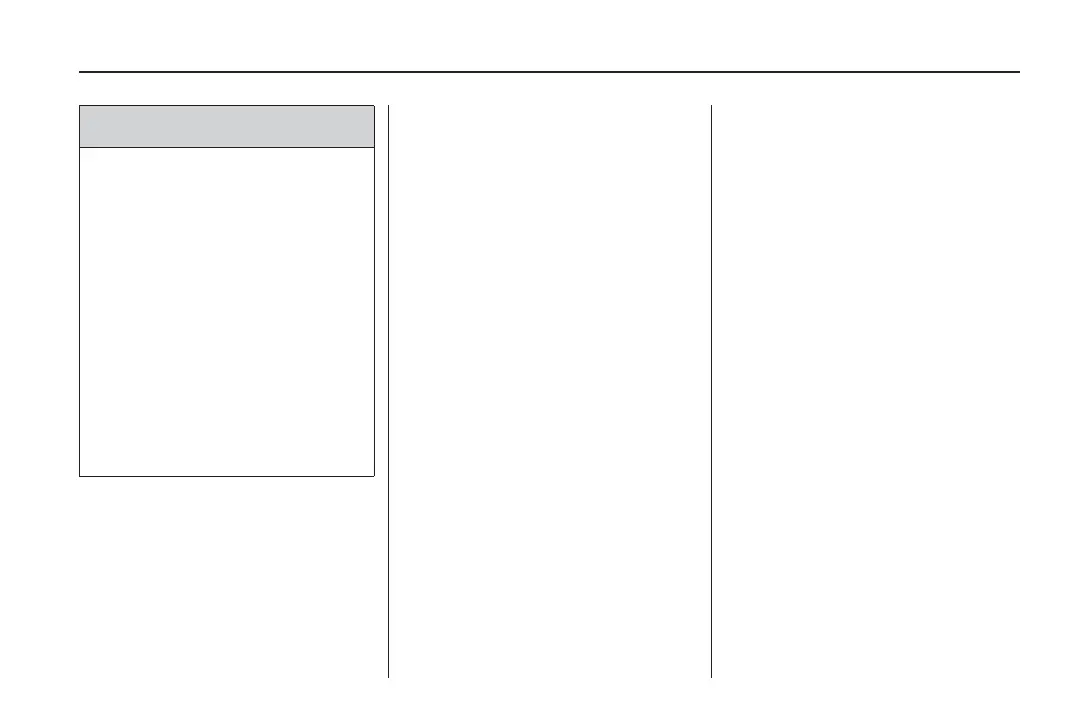